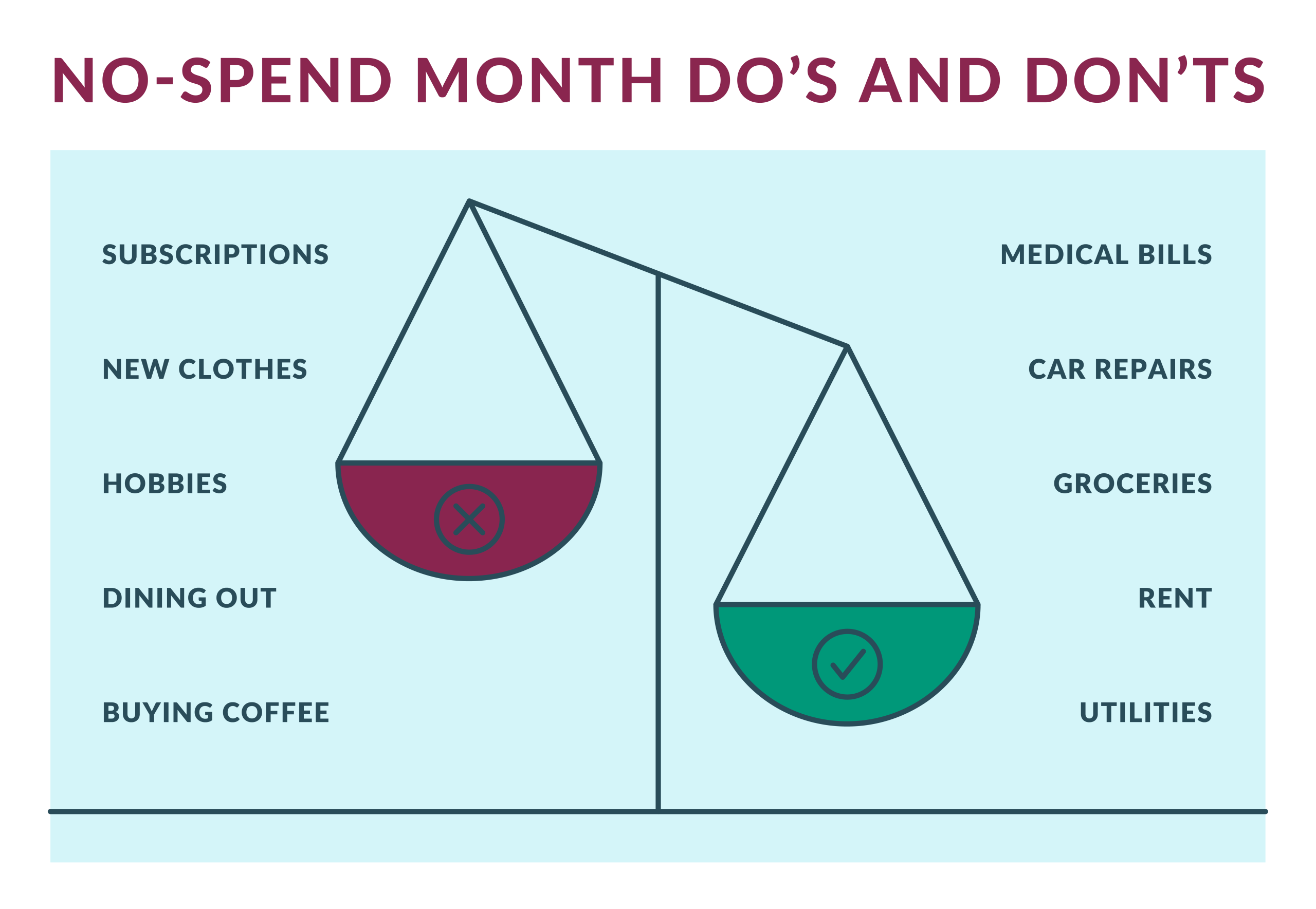Anúncios
In today’s fast-paced world, keeping up with your bills is more important and easier than ever. Many people still don’t fully understand how to use autopay, when it’s a good idea, or how to manage it effectively.
Setting up automatic bill payments is one of the smartest actions you can take to simplify your finances, avoid late fees, and protect your credit score.
In this article, you’ll learn everything you need to know about how to use autopay, from how it works to its pros and cons, how to set it up across various platforms, and even whether it can save you money.
Keep reading to take full control of your bills, your financial future, and learn how to use Autopay effectively.
What is automatic payment?
Autopay, also known as automatic bill payment, is a digital financial tool that allows you to schedule recurring payments for bills and services.
Instead of manually logging in or writing a check every month, autopay allows you to authorize a system, your bank, a third-party service, or the biller itself, to automatically deduct the amount due from your account on the bill’s due date.
This process helps ensure that payments are made on time, every time. By setting up automatic payments, you minimize the risk of missed payments, avoid late fees, and maintain a good reputation with service providers.
It’s an especially valuable option for people juggling multiple bills each month and who don’t want to worry about deadlines or mail delays.
Whether you’re managing household expenses, loan payments, or subscription services, automatic bill payment is a powerful ally in your financial management toolkit.
Understand how automatic payment works
At its core, automatic payment works by linking a payment source, such as your checking account or credit card, to a bill payment system.
This could be your bank’s online bill payment service, a third-party platform, or even the billing system of the company you’re paying.
Once the recurring payment is set up, the specified amount is automatically withdrawn on the scheduled date.
Most services allow you to choose whether to pay the full balance, a minimum amount, or a fixed amount.
It’s important to note that although the process is automatic, you still remain in control. You can modify, pause, or cancel these payments at any time.
This flexibility is what makes using automatic payments an essential skill in modern budgeting.
What types of bills should be set to autopay?
Automatic bill payment is ideal for fixed and recurring bills that rarely change.
Examples include mortgage payments, car loans, student loans, insurance premiums, and certain subscription services.
These are bills where the amount due is predictable, making autopay a reliable solution that ensures timely payments with no surprises.
Autopay also works well for monthly utilities like water, internet, and electricity, but with a bit more caution. Since these bills can fluctuate, it’s essential to monitor your account balance closely to avoid overdrafts.
For credit cards, autopay can be useful if you’re committed to paying either the full balance or at least the minimum payment each month, which can help maintain a healthy credit history.
However, in tight cash flow situations, manual payments might offer more control.
How autopay can help with financial management
When used wisely, automatic payment can become a crucial part of your financial management strategy.
By automating your most important expenses, you reduce cognitive load and free up mental space for long-term planning.
You also gain confidence that your essential payments are covered, which can improve your overall financial well-being.
In addition, automatic bill payment can help you avoid costly fees, protect your credit score, and support consistent budgeting.
When combined with tools like spending trackers and mobile bank alerts, autopay makes it easier to stay financially disciplined and organized.
Is it beneficial to use autopay in daily life?
The answer is yes, but like all financial tools, how to use automatic payment effectively depends on your habits and preferences.
Let’s explore the main pros and cons to help you decide if it’s right for your daily life.
Pros of using autopay
- Convenience: Autopay saves time by eliminating the need to manually pay each bill. Once set up, your payments are made automatically on the scheduled date, freeing you from remembering multiple due dates throughout the month.
- Avoid Late Fees: With automatic bill payment, your bills are paid on time every month, helping you avoid costly late fees. This is especially helpful for loans or credit cards that charge high penalties for missed payments.
- Improved Credit Score: Consistently making on-time payments through autopay contributes positively to your payment history, which is the largest factor in your credit score calculation. Over time, this can lead to better credit opportunities.
- Financial Organization: Automating your recurring payments gives you a clearer view of your fixed monthly obligations, which can simplify budgeting and help you plan discretionary spending or savings goals.
- Peace of Mind: Knowing your essential bills are paid automatically can reduce stress and give you confidence that your financial responsibilities are being handled without requiring your attention every month.
Cons of using autopay
- Overdraft Risk: If you don’t have enough funds in your account when a payment is withdrawn, you may incur overdraft or non-sufficient funds (NSF) fees. This can create a negative spiral if you’re not monitoring your balances closely.
- Reduced Spending Awareness: Relying heavily on automation can make you less engaged with your accounts and financial activity. You might overlook billing changes or miss fraudulent charges if you’re not reviewing your statements regularly.
- Lack of Flexibility: Once a payment is scheduled, it can be difficult to adjust or stop it on short notice — especially if the change deadline has already passed. This can be problematic if your financial situation suddenly changes.
- Unexpected Charges: For bills that vary from month to month (such as utilities or credit cards), autopay may sometimes withdraw more than expected, affecting your available balance or causing overdrafts if you’re not careful.
- Harder to Catch Errors: If a bill is incorrect or a double charge occurs, you might not notice until after the money has left your account, requiring you to go through the dispute process after the fact.
How to use autopay
Knowing how to use automatic payment begins with understanding your options. There are three common ways to set up autopay: through your bank, a third-party payment service, or directly with the biller.
1. Through your bank’s online bill payment
Most major U.S. banks offer a built-in bill payment service. To set this up, log in to your online banking account and locate the “Bill Pay” section.
Add your payees by entering their name, address, and account number. You can then schedule recurring payments with the amount and frequency you choose.
This method provides centralized control over multiple accounts and allows you to manage everything from one platform.
2. Using a Third-Party Bill Payment Service
There are several fintech companies and apps (such as Prism or Mint) that allow you to manage and automate your bills.
These platforms usually require you to link your accounts and provide permissions for scheduled payments.
They may also offer additional features like due date reminders or spending insights. This method is especially helpful if your bank doesn’t support all your billers or if you want more tracking features.
3. Directly with your service provider
Many billers, like internet providers, streaming services, or credit card companies, offer the ability to set up automatic bill payment directly on their websites.
This usually involves logging in to your account, navigating to the billing section, and entering your payment information.
While this approach provides bill-by-bill control, it means managing autopay settings across multiple platforms.
Can automatic payments be canceled? How to do it
Yes, canceling automatic bill payment is completely possible and relatively simple.
The process depends on where you originally set it up. If you used your bank, go to the bill payment section of your online account and look for the “Manage Payments” or “Scheduled Payments” option.
From there, you can modify or cancel any existing payments. If you set up autopay directly with the service provider, log in to your account and locate the payment settings.
There’s usually an option to disable autopay or change your preferences. It’s advisable to cancel at least a few business days before the next scheduled withdrawal to ensure it doesn’t get processed.
Can I get discounts for using automatic payment?
Yes, in some cases, companies offer small discounts or incentives for using automatic bill payment. This is common with student loan servicers, insurance providers, or subscription platforms.
For example, some loan providers offer a 0.25% interest rate reduction just for enrolling in autopay. These incentives are designed to reward reliability and reduce administrative costs for the company.
Even when no discounts are available, you still save money indirectly by avoiding late fees, overdrafts, or service interruptions, making automatic payment a financially smart long-term choice.
Understanding how to use autopay is a crucial step toward building smarter and more efficient financial habits.
Whether you’re trying to avoid late payments, improve your credit, or simply streamline your routine, automatic bill payment offers a practical solution that can benefit almost anyone.
But like any financial tool, it’s important to use it wisely, stay aware of your balances, and make adjustments as needed.
Want more tips on how to optimize your personal finances, manage bills, and take control of your credit?
Keep exploring our site for expert advice, tools, and financial guides tailored just for you!
Looking for a suggestion? Be sure to check out our content explaining how to open a savings account.






